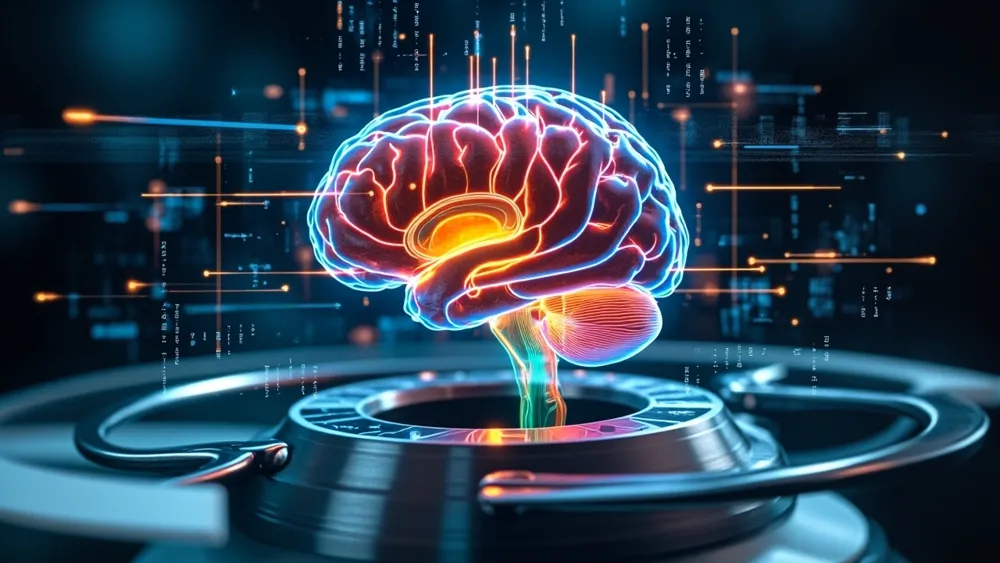Advancement in Neuroscience Imaging Technology

In the rapidly evolving world of medical imaging, a groundbreaking development has just emerged from China that promises to significantly advance our understanding of the nervous system. Researchers at the University of Science and Technology of China have unveiled the world’s fastest whole-body imaging technique for small animals, allowing for the visualization of individual neurofibers in unprecedented detail. This technological breakthrough not only enriches scientific tools but also provides critical insights into the complexities of neurological disorders, making it a pivotal focus in both academic and public spheres.
The imaging technique, known as blockface-VISoR, represents a substantial leap over previous methods, particularly in overcoming challenges posed by the anatomical diversity of small mammalian bodies. Traditional approaches often struggled with the delicate nature and heterogeneous structure of tissues, leading to lost information during sampling. By implementing a strategy where imaging is conducted directly on the sample’s block face while slicing it, researchers have achieved remarkable clarity, capturing subcellular resolution throughout an entire mouse’s peripheral nervous system. This level of detail can illuminate pathways and structures crucial for understanding not just normal function, but also diseases like neurodegeneration.
The implications of this imaging technology extend far beyond simple visualization. Researchers have already begun mapping out intricate neural pathways, revealing how single motor neurons may connect across sections of a body and how sympathetic nerves follow specific organ patterns. Furthermore, the versatility of the technique opens avenues for applications in developmental biology and pharmaceuticals, promising to enhance drug delivery systems and therapies for nerve damage. Interestingly, as the team plans future enhancements, incorporating multi-camera imaging could amplify data collection efficiency, suggesting the ongoing evolution of this technology.
In conclusion, the advances in imaging technologies like the one developed by the Chinese team not only push the boundaries of neuroscience but also mirror a broader trend in tech: the convergence of AI, data science, and biomedical research. As we continue to uncover the intricate workings of life at unprecedented resolutions, we must ask ourselves how these advancements will reshape our understanding of health and disease. What other fields might benefit from such cross-disciplinary innovations?
Read These Next

Web Summit Kicks Off in Vancouver with Global Tech Leaders
The Web Summit in Vancouver gathered global tech experts to discuss technology's role in sustainability.

Study Finds Universe Decay May Be Faster Than Expected
Radboud University research suggests the universe may decay faster, ending in about 10^78 years, raising new cosmic questions.

Grok 4: Elon Musk's AI Problem-Solving Revolution
Elon Musk's Grok 4, a new AI model boasting PhD-level problem-solving abilities, raises significant questions regarding its impact on both academia and society at large.
